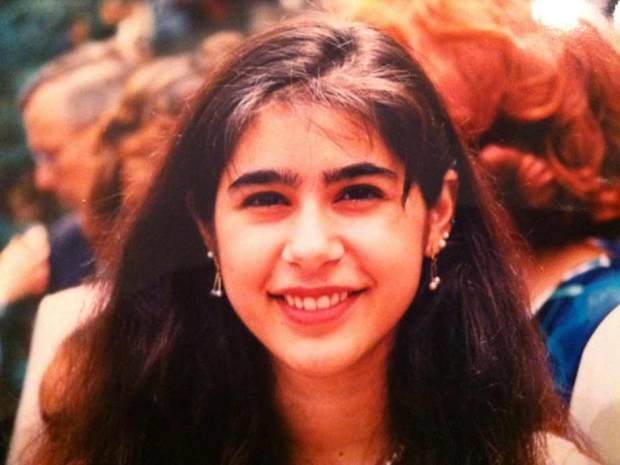
 For Pam Tusiani, a simple “no” from her mother or friends would result in severe feelings of rejection and abandonment. In other settings, a trivial remark would set off a raging tantrum.
For Pam Tusiani, a simple “no” from her mother or friends would result in severe feelings of rejection and abandonment. In other settings, a trivial remark would set off a raging tantrum.
To illuminate the regions of the brain involved in regulating these emotions, BPD researchers are focusing on regions responsible for emotional and cognitive function — in particular, the amygdala. Imaging this part of the brain has shown that BPD patients have an overactive amygdala, meaning the “fight or flight” center is kicked into overdrive, provoking stress, anxiety and fear faster and more easily than in other people. “The real directions that we need to take are doing more longitudinal studies with at-risk individuals at a young age,” said Antonia New, a professor of psychiatry at Mount Sinai who studies the neurobiology of BPD. Within the oak-paneled walls of the Columbus Club, New and her colleagues debated how best to study emotion and cognition in the young. Is there a step in the development of a child’s or adolescent’s brain that is interrupted or exaggerated before the onset of BPD? How do we find it? –Aleszu Bajak, Washington Post, September 16, 2015


